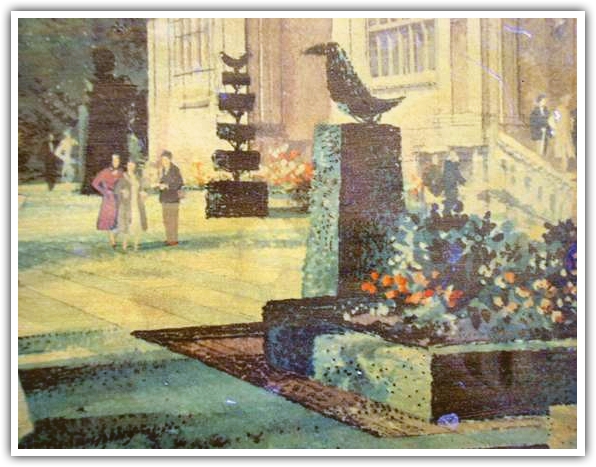

"Man's Oldest Garden Ornamental" - ABS
The origin of boxwood dates back to well before biblical times. Fossilized boxwood leaves and fruit have been discovered that date as far back as 22 ½ million years.
The wood of a boxwood is highly regarded for its firm, smooth grain, strength, and uniformity. It has great elasticity and its shrinkage is minimal when dried. The ancient Romans and Greeks used it to make jewel boxes, combs, inlays, ornaments utensils, tablets, and flutes out of boxwood wood. It was the wood of choice in England for the power loom.
Boxwood has been and remains a treasured plant in gardens.
Boxwoods are used to frame garden spaces such as paths, doorways, parterres, rose gardens, and knot gardens. Sculpted plants or topiary is another use for boxwood. The shapes act as anchors, finials, and ornamentation in the garden.
Boxwood is very slow growing. Buxus sempervirens, (common or American) grows 4”-6” per year.
Buxus s. Suffruticosa (dwarf), grows 1”-2”per year. The slowest growing Buxus microphylla ‘Kingsville’ grows to the size of a baseball in ten years.
There are over 200 boxwood cultivars.
Boxwood history and slow growth places it in a category of its own “the aristocrat of plants.”
Boxwood has been and remains a treasured plant in the garden. It is used to frame garden spaces, such as paths, door ways, parterres, rose, and knot gardens. Sculpted plants or topiary is another use for boxwood. The shapes act as anchors, finials, and ornamentation in the garden.
Care of boxwood:
Zone 6-8
Plant in sun or partial shade
- Outdoor plant. Boxwood may remain indoors briefly, no more than 7 days.
- Our plants are grown in sandy loam soil in the Willamette Valley of Oregon. The plants are carefully dug and placed in containers for shipping. It is very important that the root ball is watered well.
- Planting site should have good drainage. Boxwood will grow in most soil. Avoid heavy clay. Amend soil, if needed, with silt, sand or an organic material.
- Fertilize with a 3 month slow release, 12.8.8, for pots and garden year round.
- Prune to maintain shape.